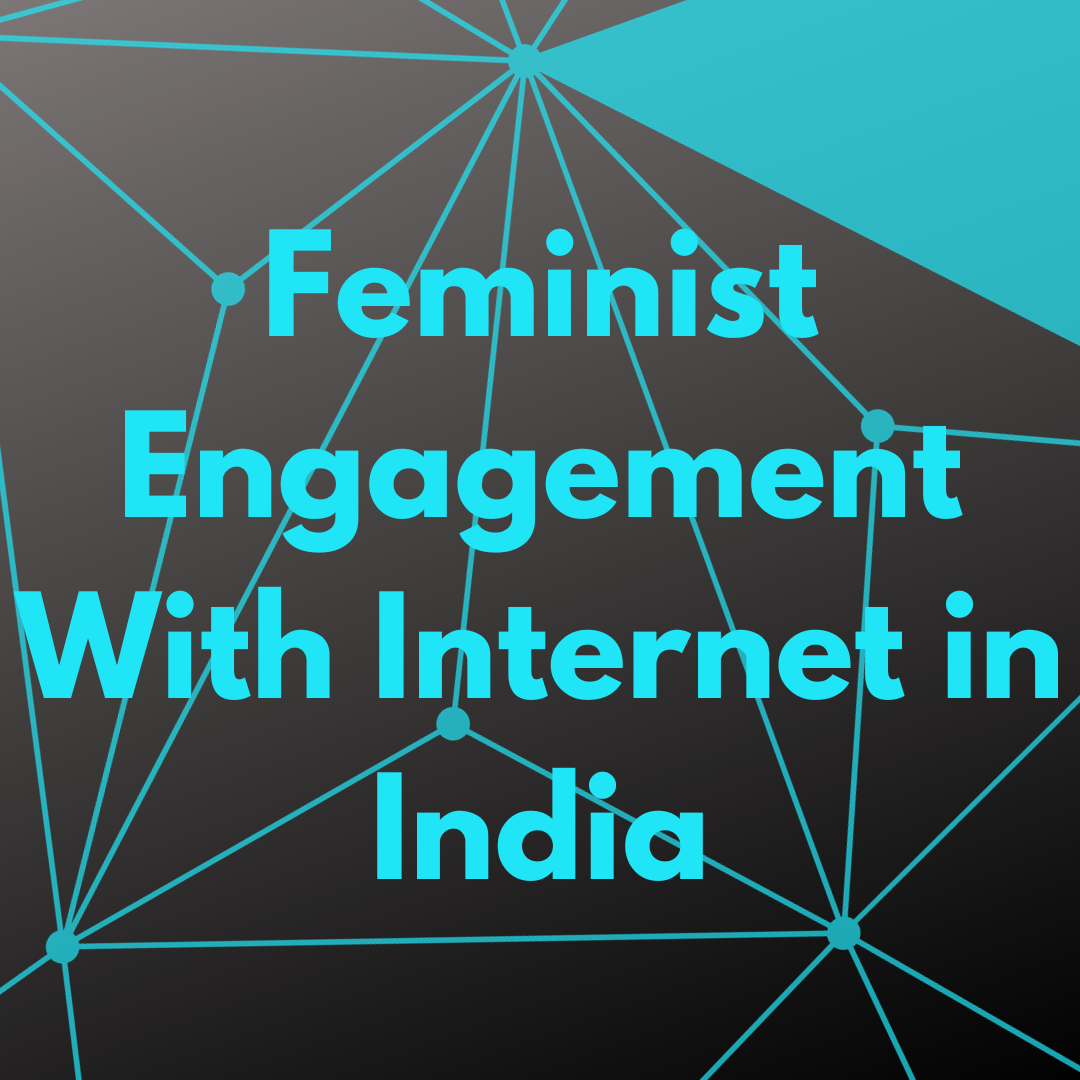Women’s engagement with the internet or digital public infrastructure and cyber technologies for feminist causes and movement building is briefly called cyberfeminism. In the Western context, feminist scholar Jodi Dean has an excellent theorization of the three stages of feminist engagement with internet. In Indian context there are no documented theorizations. This article briefly sheds some light on the topic based on research in women’s space on internet in India.
India is a huge market for digital technologies, it has one of the fastest internet penetration, mobile internet. There’s a digital gender gap. But despite gap, there has been an organic feminist movement on internet by Indian women even if not identified as cyber feminism. Millions of Indian women on the internet, who are not part of any formal organizations or groups, who may not even identify themselves as feminists, have used internet to speak up about their lives, the struggles of being women, feminine power, everyday feminist solidarity.
Leading feminist NGOs like Jagori, TARSHI, CREA, Nirantar, Partners For Law and Development, Breakthrough, Center For Social Research, Multiple Action Research Group and hundred others have embraced cyberspace and social networks for their programs to engage with youth on feminist, gender and sexuality issues. Nirantar and TARSHI both stopped their print journals and gone digital with Third Eye Portal and In Plainspeak. Feminism In India is a website which started 9 years ago and have now become one of the leading digital publishers on feminist issues. In addition there are portals like Women’s Web, She The People which focuses on women oriented content, speaking of women’s issues and rights while being slightly ambivalent about the “feminist” label.
The transition of Indian feminist movement and discourse from physical spaces of each organization to the vast digital public sphere have been organic, spontaneous, vibrant and empowering. However, there is flip side to this. A flip side is that feminism is now seen to be mostly associated with urban, English speaking “forward” women, and everyday issues of rural/urban poor women like dowry, violence, poverty which remains huge challenges in women’s empowerment are not getting enough visibility. NGOs struggling with a govt crackdown on funding find digital medium cost effective and convenient, so the street level organizing and agitating is not happening as often as it should have. Jodi Dean cautioned about this in her theory of communicative capitalism. ‘Communicative capitalism’ is when activism become a consumable product driven by same market forces. Public believes they are bringing change, participating in democracy by merely clicking and scrolling. It enriches the corporates and takes power away from people’s movement.
The challenge before contemporary feminism in India is to blend the digital spaces and physical locations where gender disparity and gender based violence is situated. The challenge is engage digital public with wider range of feminist issues.

Leave a Reply